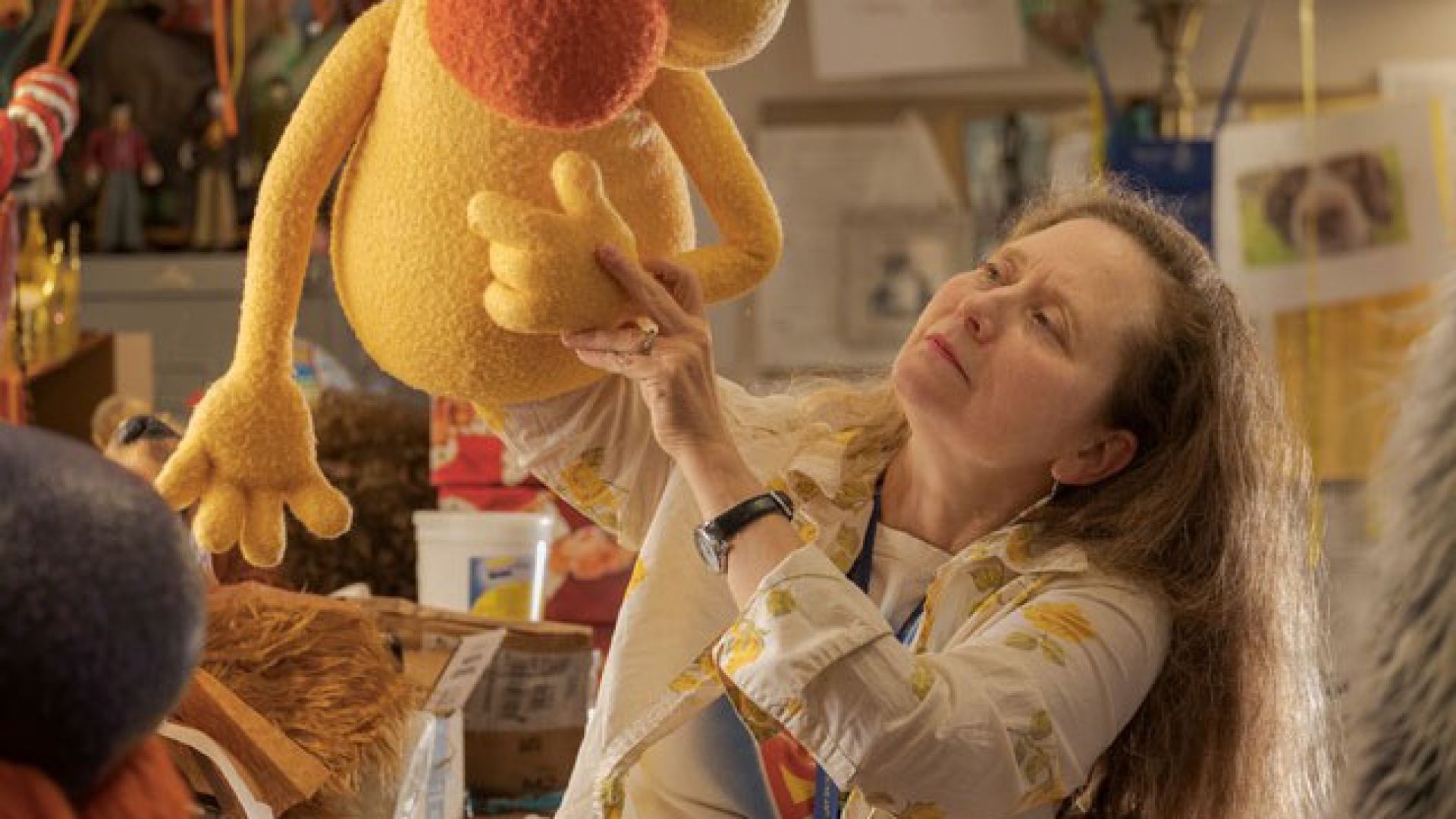In the face of a $45 million budget deficit, West Virginia University (WVU) President E. Gordon Gee initiated a plan to reshape the institution, emphasizing a return to an older agrarian ideal with majors aligning with state industries. This move included terminating over two dozen majors and cutting professors across various programs, particularly impacting areas like foreign languages, public health, jazz studies, and community planning. Gee argued for a strategic shift to focus on degrees in medical, nursing, cybersecurity, and business, catering to West Virginia's working-class population facing issues like an aging demographic, disease, and drug abuse. However, this restructuring faced backlash from students and faculty who protested against the elimination of majors, and the faculty even cast a vote of no-confidence in the president. The article highlights the impact on students, particularly those from modest backgrounds, as the university's idealistic mission of providing diverse educational opportunities is compromised. WVU's decision to cut language education and humanities programs, in particular, drew criticism, with the executive director of the Modern Language Association expressing concern over the unprecedented scale of cuts to the humanities.
The article seems to question Gee's utilitarian approach to education, emphasizing partnerships with local industries at the expense of a broader, more diverse curriculum. Critics argue that the cuts disproportionately affect the state's working- and middle-class students, limiting their educational choices. The article also touches on the broader challenges facing public universities across the United States, where declining enrollment and budget constraints have led to strategic restructuring, often with a focus on more practical and vocational programs. The piece delves into Gee's career, his history of university leadership, and his response to criticisms. It portrays a university president making audacious decisions amid financial challenges, prompting reflections on the future of public higher education, the role of universities in serving their states, and the balance between practicality and broader educational goals.


